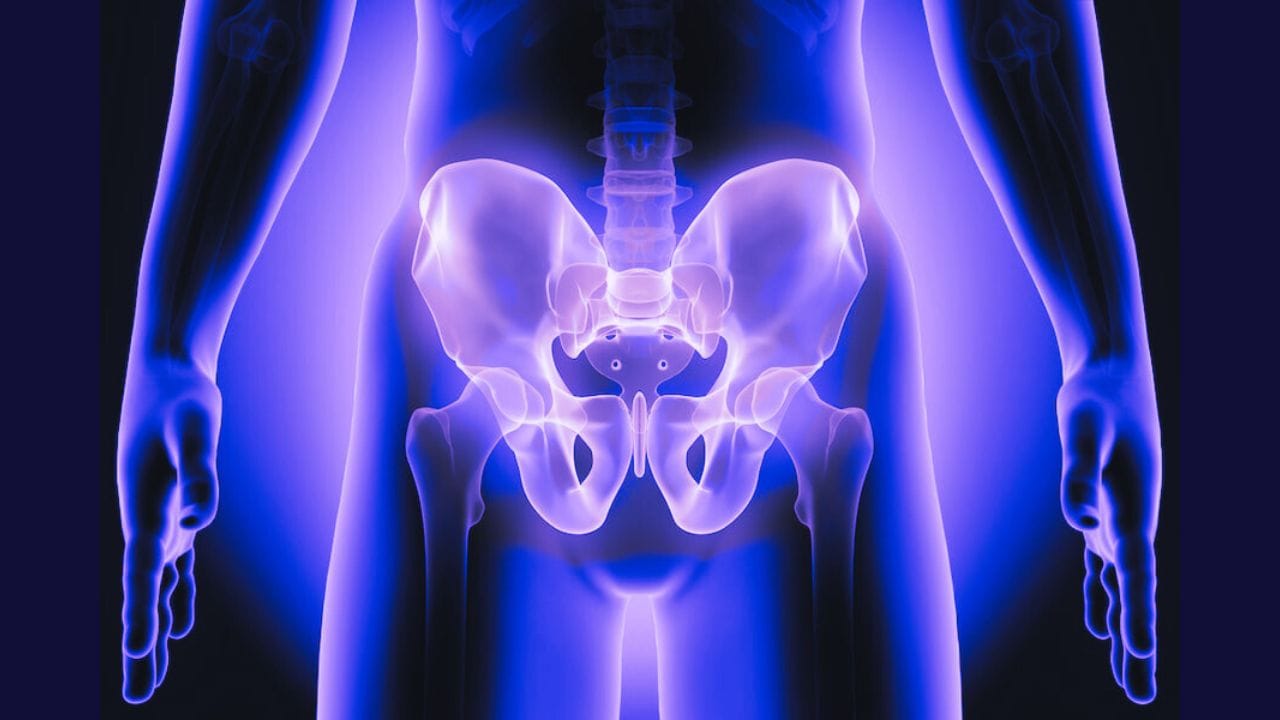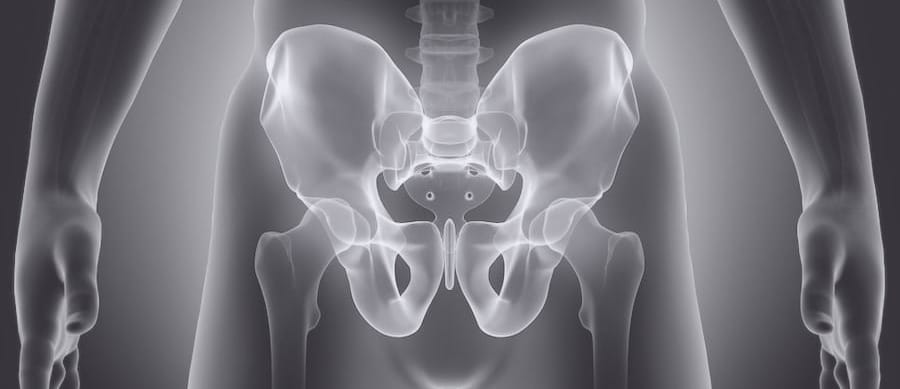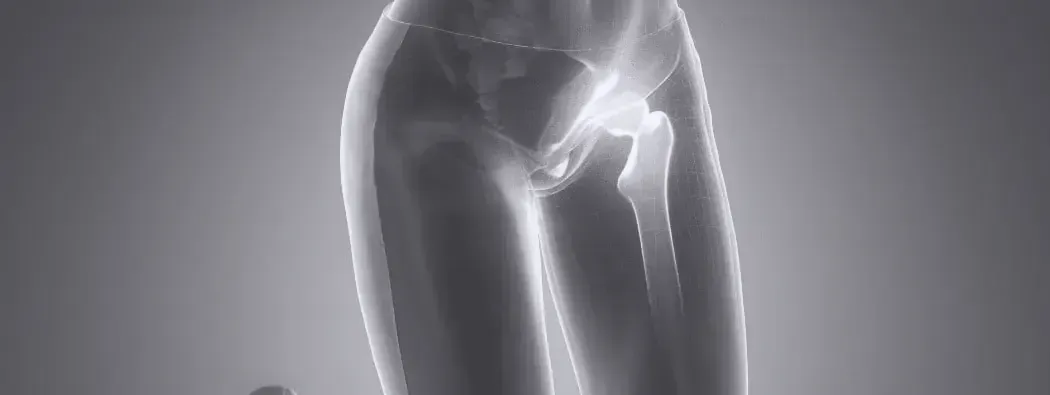Can Sciatica Cause Groin Pain?
Understanding the mechanisms behind this connection empowers individuals to recognize and address sciatica-related groin pain for effective management and relief.

Sciatica is a term that often conjures images of lower back pain, shooting leg discomfort, and difficulty in mobility. However, its reach can extend beyond the commonly affected areas.
One question that frequently arises is: can sciatica cause groin pain? This article delves into the depths of sciatica, exploring its potential to influence the groin area and the mechanisms behind such symptoms.
Key Takeaways:
- Sciatica can potentially cause groin pain, although it is less common than leg or back pain.
- Understanding the anatomy of the sciatic nerve and its pathways is crucial to identifying the cause of groin pain.
- Treatment options for sciatica-related groin pain are available and can be tailored to individual needs.
Anatomy & Insights into Groin Pain
The groin is the area where the abdomen meets the thigh, encompassing the crease between the lower abdomen and the upper thigh.
Groin pain refers to discomfort or soreness in this region and can result from various causes such as muscle strains, hernias, hip joint issues, or underlying medical conditions.

It often manifests during activities involving hip movement or physical exertion. Understanding the anatomy of the groin and recognizing the potential sources of groin pain is crucial for effective diagnosis and management.
Sciatica
The sciatic nerve is the longest and widest nerve in the human body, originating in the lower back and extending down to the feet. It is responsible for the sensory and motor functions of the legs.
When this nerve becomes irritated or compressed, it can lead to a condition known as sciatica, characterized by pain that radiates along the nerve's pathway.

While the most common symptoms are experienced in the lower back, buttocks, and legs, it's important to understand that the nerve's extensive reach could potentially affect other areas, including the groin.
Sciatica and Groin Pain: Is There a Link?
So, can sciatica cause groin pain? The answer is yes, but it's not as straightforward as it seems.
Groin pain is less frequently associated with sciatica than leg or back pain. However, given the complex network of nerves in the lower body, it is possible for sciatic nerve irritation to manifest as pain in the groin area.
This can occur when the nerve roots that form the sciatic nerve are compressed or irritated in such a way that the pain radiates or refers to the groin.
How Sciatica Can Cause Groin Pain
Sciatica can cause groin pain through the compression or irritation of the sciatic nerve roots, typically stemming from conditions such as a herniated disc or spinal stenosis.
As the affected nerve roots travel from the lower back through the buttocks and down the legs, the radiating pain can extend to the groin area, creating discomfort and sensitivity.

The specific distribution of pain depends on the location and severity of the nerve compression, emphasizing the intricate connection between sciatica and groin pain.
Anatomy of Groin Pain
To understand how sciatica might lead to groin pain, it's essential to look at the anatomy involved.
The groin area is primarily served by the lumbar and sacral nerve roots, which also contribute to the formation of the sciatic nerve. If these nerve roots are affected, the pain can radiate to the groin.

However, it's important to note that other conditions, such as hernias or hip problems, are more common causes of groin pain and should be ruled out by a healthcare professional.
Common Causes of Sciatica
Sciatica is often caused by a herniated disc, spinal stenosis, or piriformis syndrome, among other conditions.
These issues can lead to the compression or irritation of the sciatic nerve or its roots.
When the nerve is compressed at certain points, it can cause pain in areas that are seemingly unrelated to the nerve's primary pathway, which can sometimes include the groin.
Symptoms of Sciatica-Related Groin Pain
Individuals experiencing sciatica-related groin pain may report a sharp or burning sensation that can be constant or intermittent.
It may be accompanied by other sciatica symptoms, such as lower back pain, leg pain, and numbness or tingling in the affected areas.
Recognizing these accompanying symptoms can be key to identifying sciatica as the source of groin pain.
Diagnosing Sciatica-Induced Groin Pain
Diagnosing sciatica as the cause of groin pain involves a thorough medical examination, which may include imaging tests like MRI or CT scans.
These tests help to visualize the spine and the sciatic nerve to identify any abnormalities that may be causing nerve compression.
A healthcare provider may also perform a physical examination to assess pain levels, range of motion, and reflexes.
Treatment Options for Sciatica and Groin Pain
Treatment for sciatica-related groin pain typically involves a combination of pain management, physical therapy, and sometimes surgery.
Pain management may include medications such as anti-inflammatories, muscle relaxants, or nerve pain medications.
Physical therapy aims to strengthen the muscles and improve flexibility, which can help alleviate pressure on the sciatic nerve.
Home Remedies and Lifestyle Changes
Groin pain can disrupt daily activities, but relief may be found through simple home remedies and lifestyle adjustments. Explore practical solutions to alleviate discomfort and promote healing.
- Rest and Ice
Allow the affected area to rest, and apply ice for 15-20 minutes at intervals. This helps reduce inflammation and soothes pain. - Compression and Elevation
Using a compression bandage can provide support while elevating the legs when possible aids in reducing swelling. - Warm Compress
Alternating between ice and a warm compress can enhance blood flow, promoting healing and easing muscle tension. - Over-the-Counter Pain Relievers
Non-prescription pain relievers like ibuprofen or acetaminophen can offer temporary relief. Always follow the recommended dosage. - Gentle Stretching Exercises
Incorporate gentle stretches to improve flexibility and reduce muscle tension. Consult a healthcare professional for suitable exercises. - Maintain Proper Posture
Ensure good posture when sitting, standing, or walking to alleviate strain on the groin muscles and joints. - Supportive Footwear
Wear comfortable and supportive shoes to reduce stress on the hips and groin during daily activities. - Weight Management
Maintain a healthy weight to reduce excess pressure on the groin area, easing strain on muscles and joints. - Hydration and Avoid Straining Activities
Stay hydrated and consume a balanced diet rich in nutrients to support muscle and joint health. Temporarily limit or modify activities that aggravate groin pain, giving the area time to heal.
Remember, while these suggestions can provide relief, persistent or worsening groin pain should prompt consultation with a healthcare professional for a thorough evaluation and appropriate medical guidance.
Preventing Sciatica and Associated Groin Pain
Prevention of sciatica involves taking care of your back health through ergonomic practices, regular exercise, and maintaining a healthy weight.
Strengthening the core muscles can also provide better support for the spine, potentially reducing the risk of nerve compression.
Summary
FAQ Section
Q 1: Can Sciatica Result in Groin Pain?
A: Yes, sciatica can lead to groin pain. The sciatic nerve, which runs from the lower back down the back of each leg, can cause pain that radiates into various areas, including the buttocks, thighs, and groin.
Compression or irritation of the nerve roots that form the sciatic nerve may result in discomfort or pain in the groin region.
Q 2: How Does Sciatica Cause Groin Pain?
A: Sciatica often originates from compression of the sciatic nerve roots, typically due to a herniated disc, spinal stenosis, or other spinal conditions.
When the nerve roots in the lower back are affected, the pain can radiate along the path of the sciatic nerve, reaching the buttocks, thighs, and sometimes the groin. The exact distribution of pain can vary based on the specific nerve roots involved and the underlying cause of sciatica.
Q 3: Are There Other Symptoms Accompanying Sciatica-Related Groin Pain?
A: Alongside groin pain, individuals with sciatica may experience other symptoms such as tingling, numbness, or a burning sensation in the affected leg. The pain may be exacerbated by certain movements or prolonged periods of sitting.
Always pay close attention to any changes in bowel or bladder function, weakness in the leg, or severe pain, as these may indicate a more severe condition requiring immediate medical attention.
